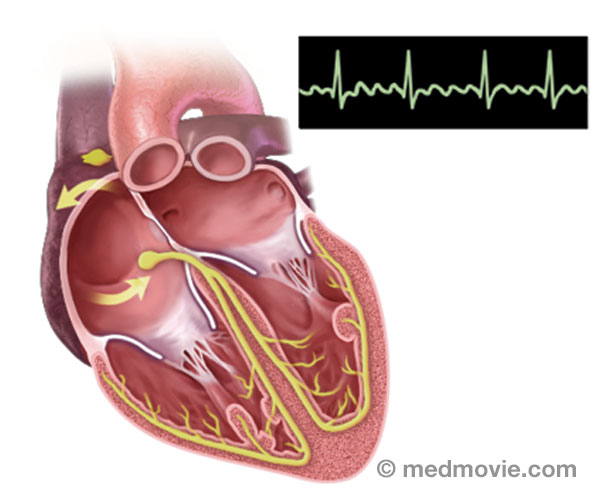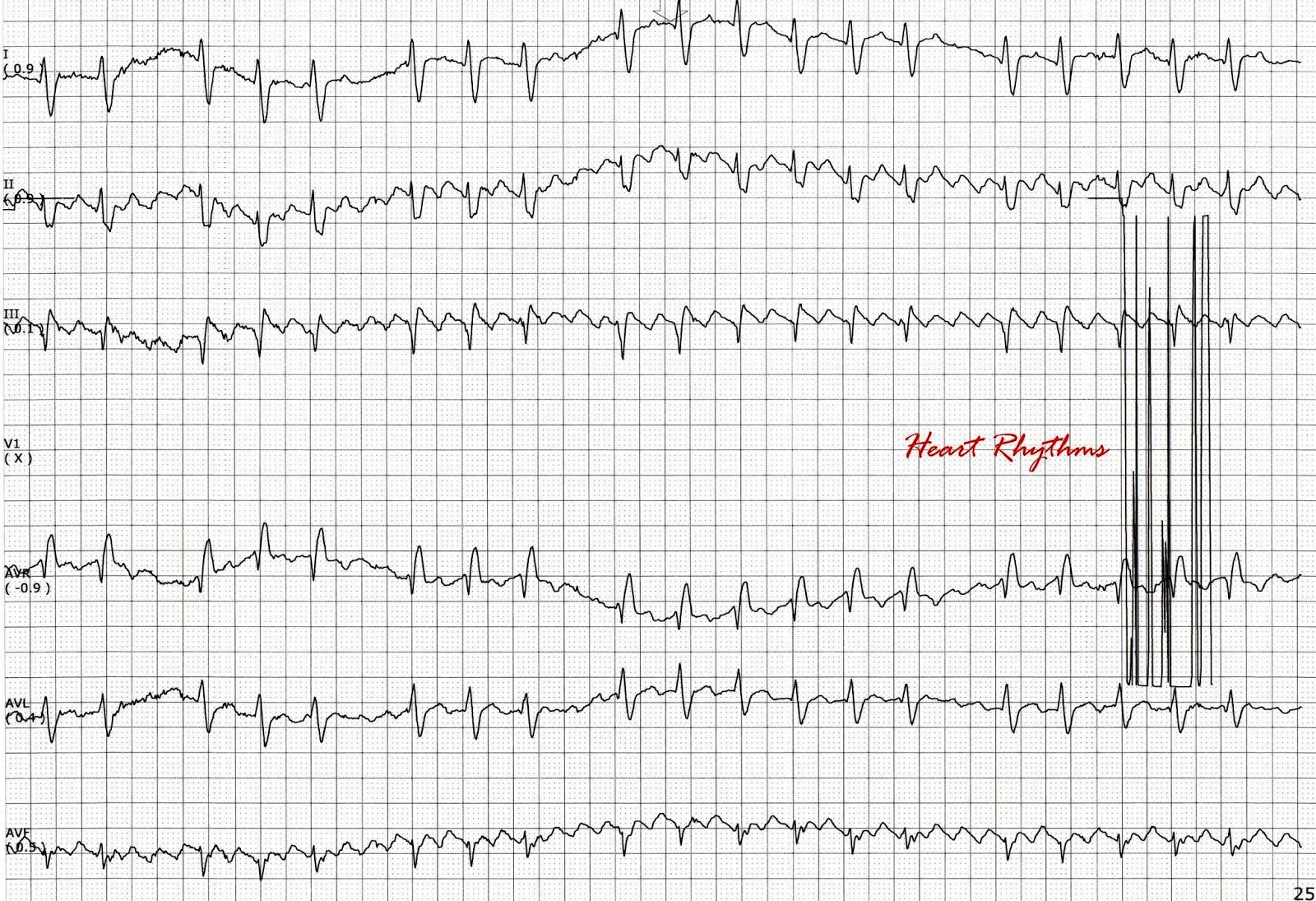

Treatment is an electric shock to the heart, using a machine called a defibrillator. Without treatment, ventricular fibrillation may be fatal.

#QUICK FLUTTER IN CHEST SERIES#
This causes a series of rapid – but ineffective – contractions of the ventricles. Like atrial fibrillation, the electrical signal that normally triggers a heartbeat splits and goes off on random paths around the ventricles instead of following its normal route. Incorrectly timed electrical signals or signals that do not follow normal pathways, may set off ventricular fibrillation. Other treatments include an implantable defibrillator, catheter ablation, non-surgical procedures to destroy malfunctioning cells, or surgery to remove damaged heart tissue. Ventricular tachycardia can be treated with medications. If tachycardia becomes so severe that the ventricles can't pump effectively, it may be life threatening. The ventricles are responsible for pumping blood to the rest of the body. Ventricular tachycardia occurs when the ventricles (the lower chambers of the heart) beat too fast. Other symptoms include palpitations, shortness of breath, fainting and possibly angina. Some people experience rapid heartbeats (paroxysmal supraventricular tachycardia), with heart rates rising up to 240 beats per minute. Many have no symptoms and have no episodes of tachycardia. Most people with WPW syndrome lead normal lives. The abnormality is present at birth (congenital), but WPW is usually diagnosed in adolescence or early adulthood. If you have WPW syndrome, an extra, abnormal electrical pathway in your heart leads to tachycardia. It may be distressing, but it is rarely life-threatening. PSVT often starts when you are young, but it may also start later in life. PSVT usually occurs in people who are born with an extra electrical circuit or pathway between the atria and the ventricles. This type of tachycardia produces heart rates between 140 and 250 beats per minute. Paroxysmal supraventricular tachycardia (PSVT).If it goes on for several days or longer, it may increase your risk of stroke, because blood trapped in the atria can clot and travel from your heart to your brain, causing a stroke. Though not usually life-threatening, the rapid, irregular and uncoordinated beating of the ventricles may cause light-headedness or palpitations. The pattern of electrical activity stimulates the atria randomly and at a high speed, which causes a series of very rapid contractions of the heart's upper chambers, preventing them from pumping effectively. This common form of tachycardia occurs when the electrical activity in the atria is disorganized and very rapid. Atrial flutter is usually not life threatening, but can cause chest pain, faintness or other more serious problems. This electrical signal causes the atria to "flutter," contracting at a much higher rate than normal. In atrial flutter, an extra or early electrical impulse travels around and around the atria in a circular path rather than down along its normal path. These are rapid heartbeats in the atria (the top chambers of your heart) or in the AV (atrioventricular) node – the electrical connection between the atria and the ventricles (the lower chambers of your heart). Tachycardia above a ventricle (supraventricular).There are two main types: Tachycardia above a ventricle and Tachycardia in a ventricle. Tachycardia occurs when your heart beats too fast. The heart's electrical system normally sends signals from the upper chambers of the heart (atria) to the lower chambers (ventricles) in a pattern that causes a heartbeat, a coordinated contraction of the heart muscle. This is the slowing down or interruption of the electrical signal to the lower chambers of the heart which cause the heart muscle to contract. It can be treated with medication or with an electronic pacemaker. The resulting arrhythmia may be temporary or permanent. Some medications can also cause or aggravate a slow heartbeat. This condition may be caused by growing older or by disease. This is a malfunction in the heart's natural pacemaker (the sinus node), which makes it fire too slowly. An electronic pacemaker can help the heart to beat normally. Untreated bradycardia can cause excessive tiredness, dizziness, light-headedness or fainting. They include bradycardia and tachycardia, with a variety of conditions under those two categories.īradycardia occurs when your heart beats so slowly that it cannot pump enough blood for your body's needs. Arrhythmias are defined by the speed of the heartbeats: slow and fast.


 0 kommentar(er)
0 kommentar(er)
